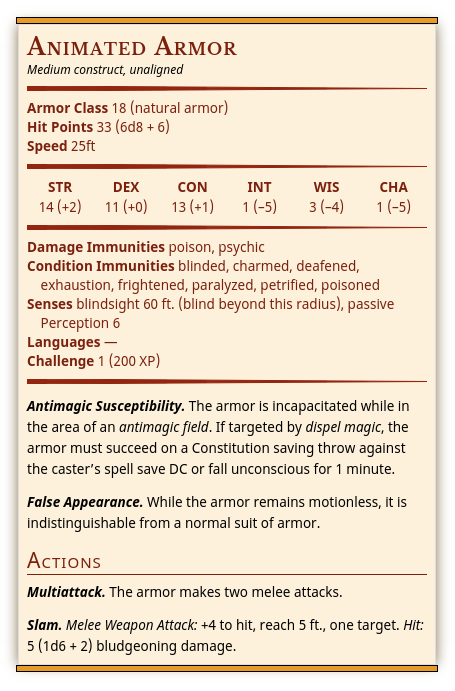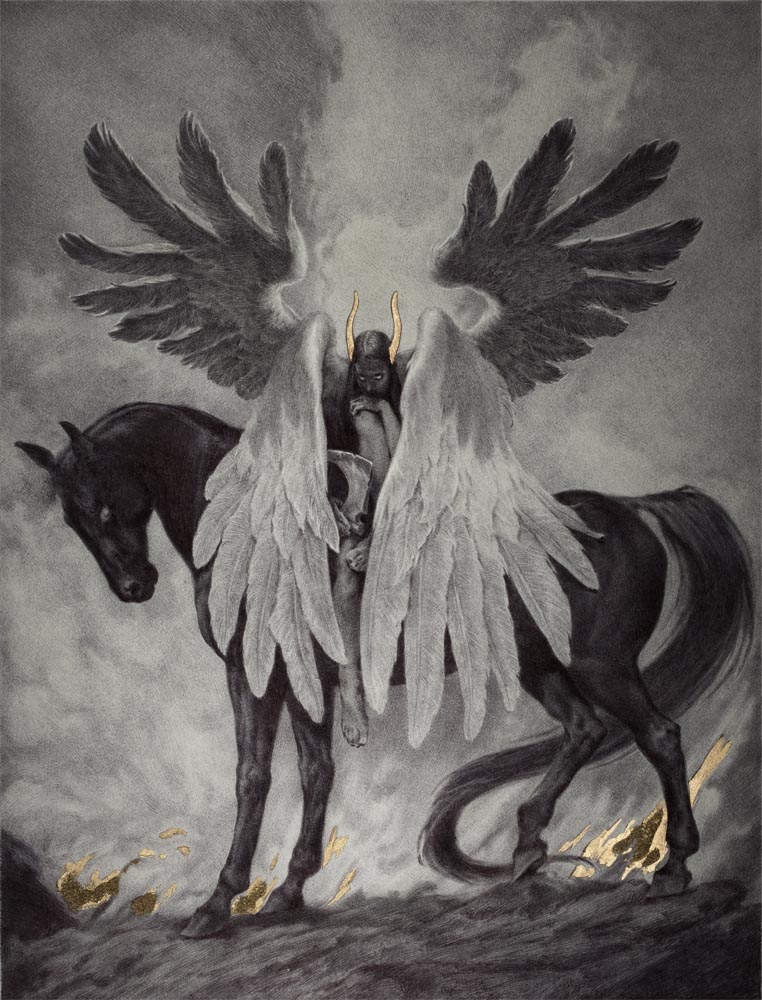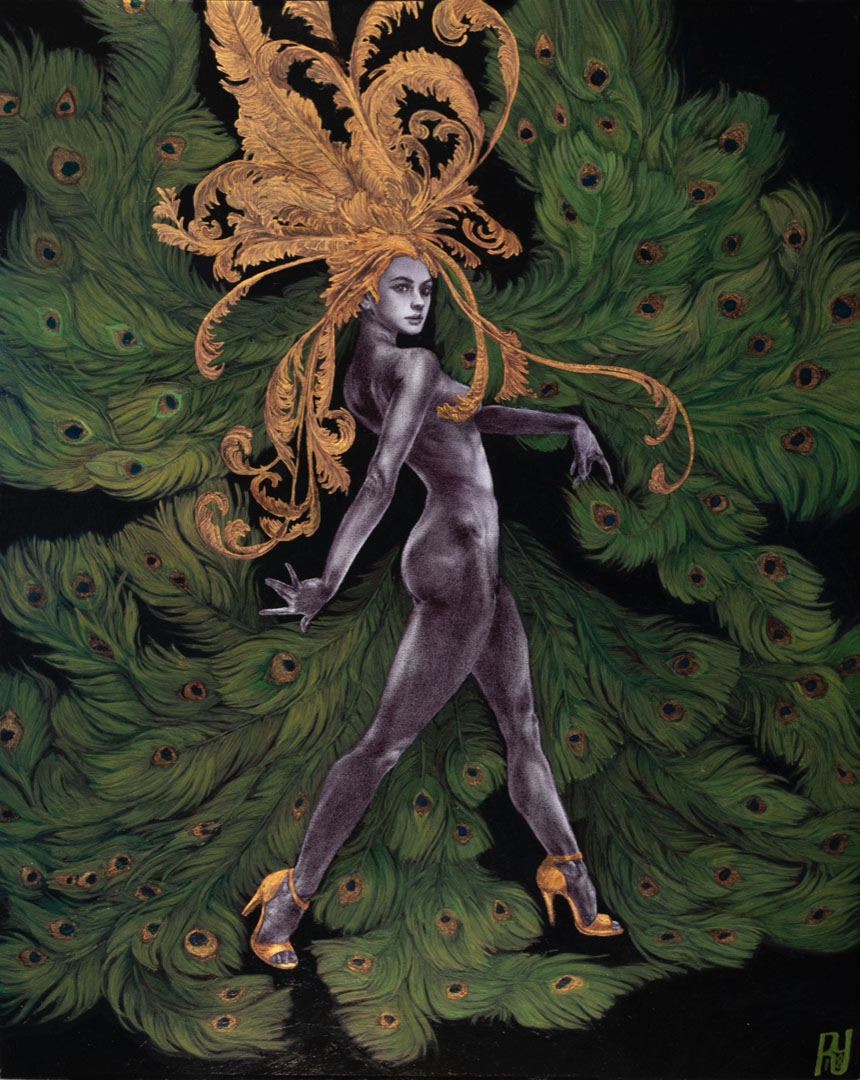I'm thinking for
We Mortal Legends, combat won't exist as it does in most Fantasy games.
 |
| Yes, there will still be violence. There must always be violence. |
That's a big statement to make, so first I'll explain why that's the case, and then I'll discuss. For me, combat is a sore thumb. I like games where encounters can be solved a number of ways. Combat having so much mechanical heft to it means that it's usually the only real way to deal with encounters. Games like Lamentations of the Flame Princess deal with this by making combat something to avoid. Other games like 5E deal with this by making combat a sport to indulge in. This usually involves rolling initiative to determine which side goes first or what characters do, and then a whole bunch of abstractions and rules for moderating combat.
I don't think any of it is needed for a game where combat is not the primary option for solving encounters or overcoming obstacles. To be forward, I am not saying that one roll combat (which is both sides roll a dice and the outcome determines the winner) will be how We Mortal Legends handles violence. Instead, there are three main pillars to encounter situations: Stat Blocks, Initiative, and Tools. This ends up involving healing too, as that deals with damage.
STAT BLOCKS
 |
| I hate reading these. |
In the 2nd Little Brown Book for OD&D, we are given a bestiary. In the bestiary, there is a huge table of stats for every monster inside of it. Following the bestiary are entries that elaborate on these stat lines with lore and special abilities. An example, for the Djinn, is below:
DJINN: All Djinn are aerial creatures and have not the powers typically credited to them in fairy tales. They fight as Giants with a –1 as far as damage is
concerned, thus doing from 1–11 points of damage when hitting. They can
carry up to 6,000 Gold Pieces in weight, walking or flying (the latter for short
periods only). They can create food which is nutritionally sound. They can create drinkable beverages. They can create soft goods and wooden objects of
permanence, but metallic items last but a short time when created by them (the
harder the metal the shorter its life), so that Djinn-Gold lasts but one day. They
can create illusions which will remain until dispelled by touch or magic, and
they need not concentrate upon the illusions to maintain them. They can form a
whirlwind 1” base diameter, 2” top diameter, and 3” in height which otherwise
is like that of an Air Elemental. Djinn are also able to become invisible or assume
gaseous form.
Imagine this blurb without the table for AC, HD, movement , or any of that. Without that table, this blurb becomes terrifying. You have a creature that can fly, create items and gold, deals some hefty damage, carries tremendous amounts of money, can assume gaseous form or become invisible, and can even make whirlwinds. Without a measure of how to kill it, this is now an obstacle and a monster, and not just something to kill. The party will have to find some kind of special, esoteric or creative way to talk their way past or otherwise deal with the Djinn.
Now, this isn't enough for me. I'd want the above with something else too. Right now, I'm thinking 3 tables.
Table 1 is the reaction table for the creature. If you have more than one of these obstacles in a dungeon room or what have you, roll on both tables and that is how these things are reacting to each other when the party finds them. This should be unique to each creature.
Table 2 contains sample ways to overcome the obstacle. These are also specific, and are meant to give the Referee some idea of how the party can overcome this thing. This table serves as a guidepost for what the party can also do--if they come up with something similar to the option rolled, or even something more bizarre yet that vaguely fits it, their ideas probably work.
Table 3 is a series of Omens. These are things you roll on to telegraph the encounter; things like a green dragon's domain being covered in mist that makes people greedy, or the Djinn above being sealed into an oil lamp mysteriously placed before a king's tomb.
The blurb itself should contain the gist of the creature, how much damage it can do if any, what special aspects or powers it has, and a potential pool of AC points and a potential number of HD to be rolled for its hit points.
Not all creatures will have all of the above. Slimes don't have AC for example--they're slimes, so they don't dodge or withstand things. Likewise, a creature without HD implies some form of immortality or that it's something ethereal or supernatural.
 |
| I like the Qu'ran form of Djinn, where they are things of smoke and fire. |
Let's have some sample tables for the Djinn above:
Djinn Reactions
Roll 1d6
1. Anger that the party has interrupted its pressing business.
2. Enthralled by a PC's beauty, poise, artistic ability, or some other trait of theirs.
3. Terrified that the PCs will seal them away into something.
4. Bored out of their mind and ready to challenge the PCs to a duel of riddles.
5-6. Sealed inside an oil lamp, incense burner, ring, or turbaned mannequin. Rub 3 times to release.
Overcoming the Djinn
Roll 1d6
- Wishing for the Djinn to have either freedom or eternal happiness.
- Tricking the Djinn with 3 riddles, thus earning 3 wishes.
- Removing the air from a room, causing the Djinn to temporarily lose its form.
- Catching or tricking the Djinn into being unfaithful to its god, thus causing it to be sealed away into something.
- Removing the Djinn's rings, thus banishing it back to its smoke-filled plane.
- Challenging the Djinn to a duel of swords and somehow disarming it.
Omens that the Djinn Draws Near
Roll 1d6
- Whirlwinds in the shape of dancing women twirl in the air.
- Prayers to the Goddess of Destiny, and incense smelling of jasmine.
- An oil lamp, incense burner, ring, or turbannend mannequin somewhere conspicuous.
- The sudden desire to take what one wants.
- Pieces of poetry and song flitting through the air.
- Piles of gold and coal, with random pieces of gold turning into random pieces of coal.
So the idea is that these three tables inspire the referee when prepping their game to ask "Why" is this the case for their monster. Why does the Djinn I just rolled as haunting the Sultan's court foretell it's arrival with pieces of scattered poetry in the wind? Why can this Djinn be overcome by tricking it for wishes? Questions like these, even if rolled on the spot for impromptu GMing, make my games richer, so hopefully this format of stat block does the same for others too.
For generic monsters, like a bunch of Orcs, or for people like Bandits, you would have these tables in reference to what they are. So you'd have 3 tables for a group of Highwaymen, or 3 tables for an Orc warband, etc, that you roll on. You don't always need tables either; simply make an option for each of the 3 categories if you don't want to make a full table and you got what you need.
INITIATIVE
 |
| Yeah I'm kinda' over this. |
It's unneeded.
No need for combat rounds or stuff like that. A fluid game round where everyone goes at least once is the standard for my tables. If there are times where people need to or want to go twice in a row, I allow it based on circumstance. This is how my games flow--I ask specific people what they want to do, and they tell me what they do.
Initiative in its oldest sense is just to see who goes first in a round, the baddies or the PCs. With the We Mortal Legends fluid combat idea, what we have is if the players are surprised by an obstacle or something pops out and reacts poorly immediately, it acts. Then the players act and, if the monster has some kind of ability it can potentially act in the middle of the players.
Players (or referee) popcorn things, saying who goes next.
So no combat mini-game, no need for breaking the flow of the game, no need for abstractions like each round is somehow 6 seconds, etc. If the PCs resort to violence, nothing in the game changes--the players are simply using violence as their means for dealing with the obstacle in front of them.
For many tactical gamers, of which this may sound silly, I state this: real-time strategy is, to me, way more interesting in a tactical game then turn-based combat. Turn-based combat can work well, and it's been done in virtually every major fantasy RPG, but this fluid, RTS-method can offer just as much tactical depth, and more in certain ways, than turn-based combat can. This is assuming you are playing We Mortal Legends for the sole purpose of fighting things, or if you just enjoying fighting in addition to everything else.
The ultimate feel I'm going for is that when you encounter something, you shouldn't be thinking how to roll initiative and kill it. You should be thinking how to deal with it (or avoid it, which is still dealing with it).
This is not a revolutionary idea. Narrative initiative is an old hat idea.
TOOLS
Tools are one of the bread n' butter things for We Mortal Legends. A tool is anything that your PC uses to interact with the world. They are broken up into roughly four different categories:
- Weapons, which deal d8 damage and each have a special trait depending on weapon type.
- Armor, which add points to your AC pool and may have certain special features.
- Simples, which are things like bedrolls, cloaks, waterskins, etc.
- Utilities, which are special items like Alchemist tools that have a utility to it.
When doing violence, weapons and armors are your big things. Without a weapon, anything you deal damage with is considered an improvised weapon like in 5E, dealing d6 damage and sometimes having a special quality to it depending on the referee.
Weapon types have different features. This is what makes weapons different from one another. Example:
Daggers automatically hit against enemies surprised, subdued, or otherwise unaware or unable to respond to an attack. Add +5 to the damage rolled when attacking this way.
Mauls remove armor's AC bonus every hit, equalling half the damage (rounded down) removed.
Warbows can shoot up to 400 yards and ignore any damage reduction from armor.
Whips can subdue a target if max damage is rolled. Targets subdued this way can be shoved to the ground or disarmed at the same time.
Bastard swords double damage from the Athletics check if wielded in both hands.
Shields (because these are really weapons, tbh) add 2-4 points to the PC's AC pool depending on shield size.
Torches light things on fire if max damage is rolled.
Spears shove enemies back when hit by 10 feet.
Lances skewer targets when max damage is rolled and the attacker is riding something, subduing them and dragging them around until removed.
Stuff like the above makes weapons kind of like a bag of tricks and what weapons you prefer influences your playstyle pretty heavily if you're into combat, etc. A dagger can just automatically hit and shank most people, while a lance is a specialty weapon that can really take something out of the equation.
All this applies to armor too. Some armor examples:
Plate armor adds +8 to your AC pool, is loud as all hell, and prevents dismemberment. AC from Athletics is reduced by -2.
Arming doublets/aketons adds +2 to your AC pool and you can add pieces of other armors to it, increasing it further by +1.
Lamellar armor adds +4 to your AC pool, though you can't spend AC to protect your arms or legs from called shots.
Some pros and cons (big numbers + loud, or small numbers + variable bigger, or an average number + not protected in all cases) for armor makes armors dynamic and incentives picking armors for certain situations.
There are no mechanics for Simples, they just do what they do.
Utilities, like Alchemist tools etc, are speciality objects that require a roll. When you roll a utility, you roll 3d6 under your Savvy and consult the chart below:
Under Savvy: Success, reference your tool.
Doubles: Unexpected stroke of genius, reference your tool.
Triples: Something's gone amazingly right, reference your tool.
Over Savvy: Failure. Mark an X by your tool. At 3 X's, your tools require maintenance before they can be used again. Reference your tool.
If you have the luxury of taking your time when using your tool, you gain automatic success, and the rolling is just to see if you get doubles or triples. You ignore failures in these cases. This is to represent that an Alchemist in the heat of the moment may make a mistake, but one who is in the safety of their lab won't have an issue.
The purpose of utility tool mechanics is to encourage people to use them and think of how they can be used either with ample prep time or in the heat of the moment.
 |
| Some actual alchemists' tools. |
An example tool:
Alchemist tools are used to transmute objects from one form or state into another. When rolling a Utilities check, reference the following chart for alchemist tools:
Under Savvy: You succeed in your transmutation to turn something from one state into another, like one type of metal into another, or something solid into something liquid. Last for a number of hours equal to the # rolled. 18 hours if you take your time.
Doubles: The thing you've transmuted is permanent unless undone by another alchemist.
Triples: You've created something special. Choose an Esotery effect in your campaign and apply it to the item.
Over Savvy: Your tools must be cleaned, lest the transmutations be tainted beyond repair.
HEALING
 |
| An NPC you'll want to make friends with. |
Healing must be fluid in a game without super distinct phases of downtime - exploration - combat.
If you spend at least 5 in-game minutes patching yourself up, you can restore yourself to half your hit point maximum and no more.
In order to regain full hit points, you must do one of the following things:
- Spend 1 week or more relaxing and otherwise safe.
- Have a tool that can restore hit points.
- A character feature that can restore hit points or something giving you aid.
- An esotery that can restore hit points.
And that's it. You can pretty continuously get yourself back up to half, but getting topped off requires either a lot more time or tools to get yourself back up. Usually healing tools will be Simples, but Utilities have the benefit of possibly producing these things. All in all, this makes healing a bit of a hassle for a taxed party or a party that's under duress or a party that is just not prepared.
 |
| Sometimes violence is the only answer though. |
So there you have it. No need for a combat system--fluid play is what I'm after in We Mortal Legends. And while violence is still a useful approach to situations, it's no longer treated as the Special Best One.
























